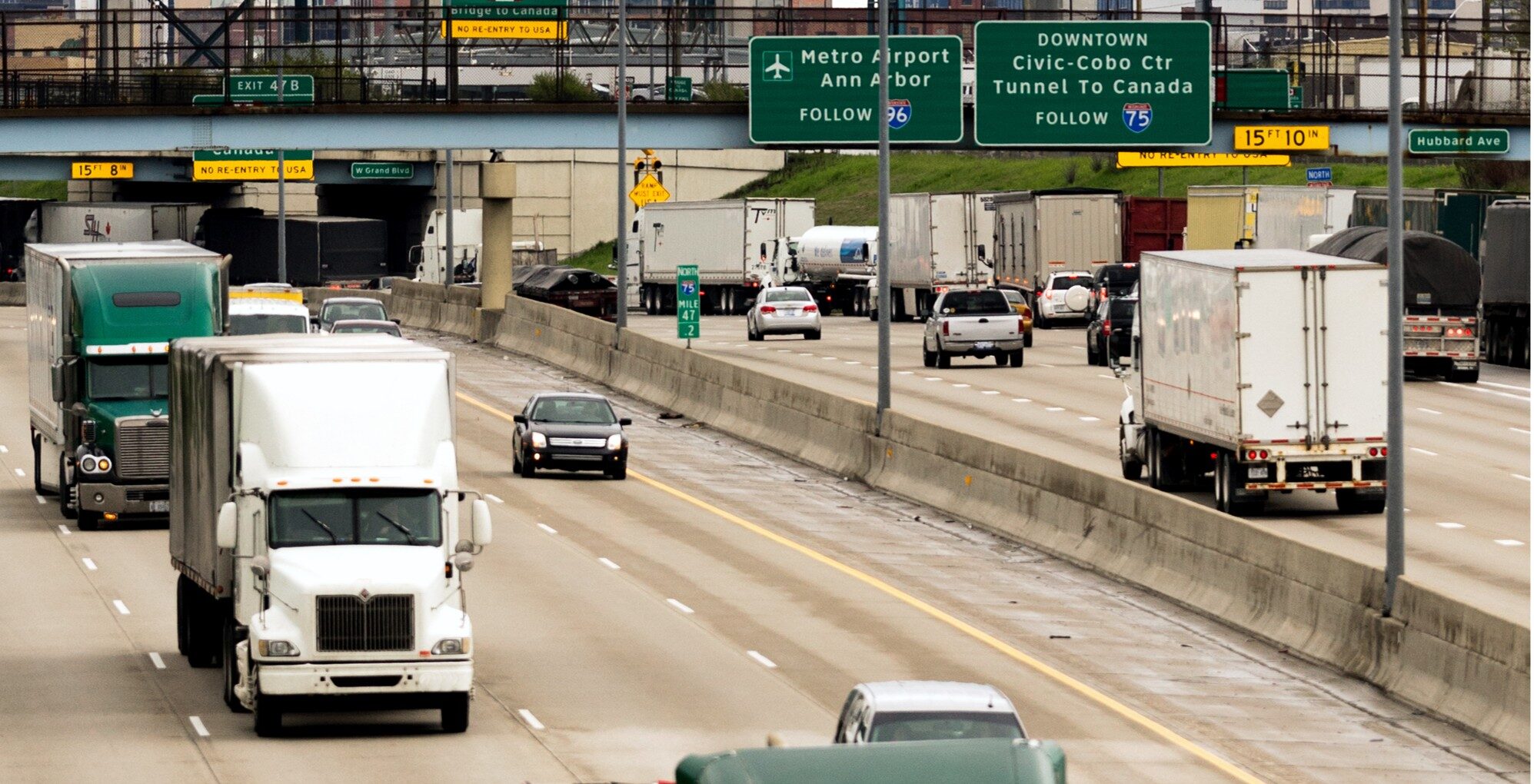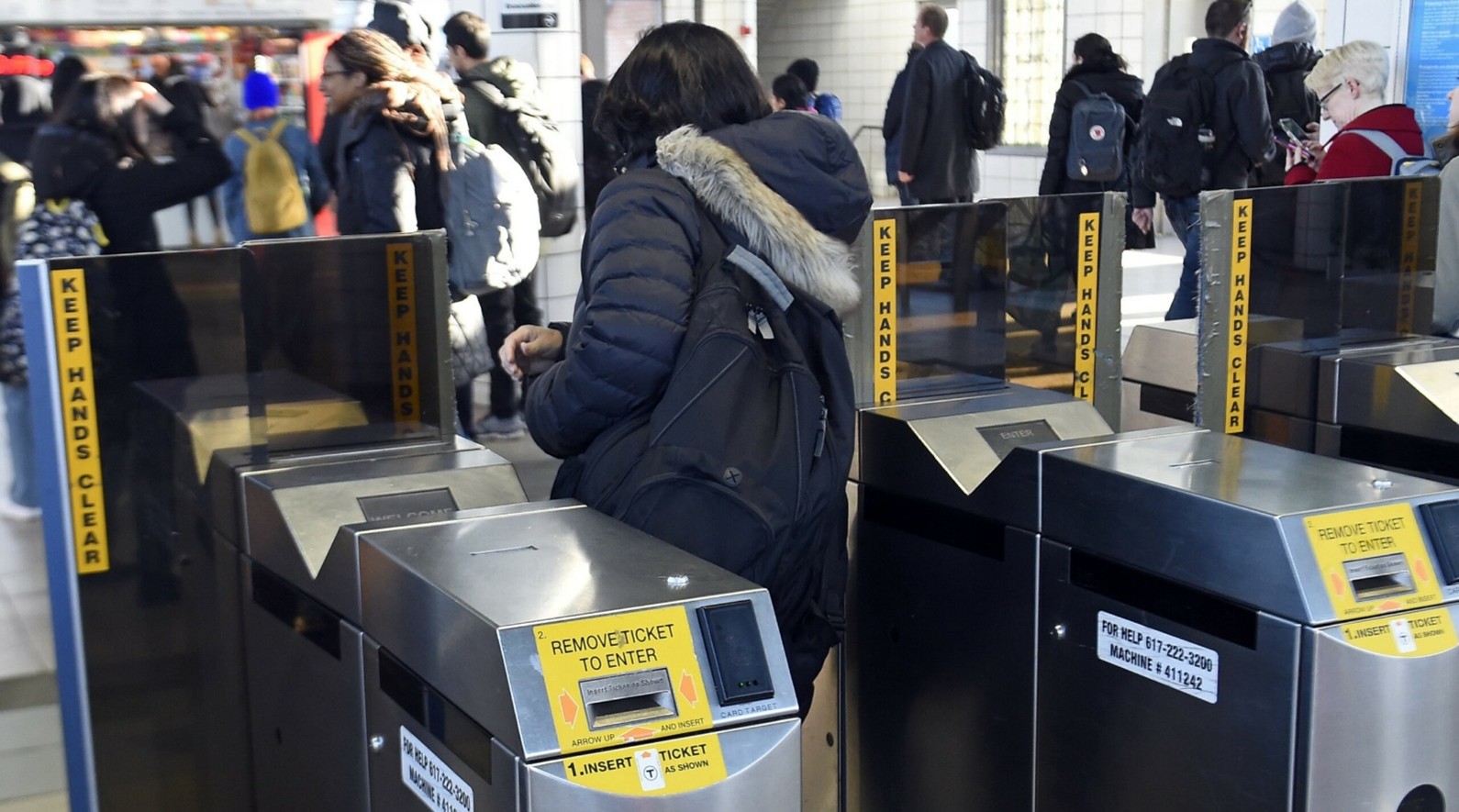The role of the Lenders’ Technical Advisor (LTA) in the North American market has been established and recognized as an important component in the successful delivery of large-scale infrastructure projects across all asset types. As infrastructure spending continues to grow in both Canada and the United States, the LTA continues to bring their experience and knowledge of the (P3) contract to private sector parties and lenders to facilitate the intended outcome for a project. The LTA must be actively engaged and proactive in both the office environment and have boots on the ground to understand the critical issues that affect mega projects – here’s how:
WT’s legacy of strategic advisory
WT has been involved in strategic project advisory for over 70 years, including over 10 years in the North American LTA space. We recognize that our role as the LTA is ultimately to assist the key parties to achieve mutual success in their project. We undertake careful and methodical collection of data, analysis, and reporting – not creating correspondence for correspondence’s sake.
WT has an experienced senior team with industry-leading LTA experience to provide the project parties with the confidence that they will receive sound, impartial advice based on actual experience on similarly procured North American P3 projects.
LTA engagement and stakeholder trust
As the LTA, WT is sought after and appointed by the Consortium or Project Co to undertake due diligence and technical advisory at different stages across a P3 project’s lifetime. However, it is important to understand and recognize that the LTA’s engagement is ultimately for the benefit of the private lenders and financing parties.
On large scale P3 projects, these include multi-national banks, rating agencies, and prospective bondholders. This means the LTA must build and maintain a successful relationship with all the key parties within Project Co but also develop an independent and credible opinion on their thoughts of the key technical aspects of the Project.
The LTA is typically engaged across 2-4 stages on P3 projects. These include:
- Pre-Bid Stage – When several consortiums are actively bidding on the project and developing a response to a Request for Proposals including the submission of a fixed price and construction schedule
- Pre-Financial Close Stage – When after one consortium is selected as the “preferred proponent”, the parties work to finalize the contract ultimately ending in Financial Close
- Construction Stage – When the newly formalized “Project Co” is now designing and building the project
- Operations Stage – When Project Co is now responsible for the successful operations, maintenance, and lifecycle refurbishment of the components across the project.
As those in the business know, every single stage above can be a stressful and hectic period as project managers, designers, and constructors first race to build a successful and profitable proposal that responds to the overarching criteria of the project, and then aim to develop this vision into a tangible asset over the construction period. The LTA naturally must also be involved in every aspect of this development to ensure they are comfortable in providing a well-formed analysis and opinion to the lenders who in-turn must be comfortable and confident in providing financing for the project.
Before the Dotted Line is Signed
Across “in-market” stages prior to the project contract being signed by the project Owner and the winning consortium, the LTA must become an expert on the project in a short amount of time so that the financing parties can be confident in providing a competitive and successful lending solution.
This includes providing analysis and opinions on:
- The overall Project Overview and the main Project Risks
- The ability and past experience of the Project Team
- Key Contractual Risks across the Project Agreement, Construction Contract, Maintenance Contract, Interface Agreement, and Financing Documents
- Performance Security Packages and Worst-Case Scenarios (Contractor Replacement)
- Design, Planning, Permitting, and Site Conditions
- Construction Methodology and Schedule Achievability
- Construction Cost Review and Benchmarking
- Equator Principles, and other Social/Environmental Metrics
During this period, the LTA must work through numerous documents and technical submissions to provide a concise and well-developed technical review of the project that is delivered in the way of a detailed report addressed to the financing parties. The LTA must be available as required to respond to any requests or concerns the financing parties may have up until the proposal submission deadline. As the financing costs can often be a substantial part of the total project costs, it is critical that the financing parties are comfortable enough to provide a competitive solution that gives the consortium a leading edge in winning the project. The LTA in developing their analysis and opinion relies on the following:
- Past and ongoing experience with the project team, with similar projects, and with projects in the same geographic area and under the same Owner
- Unique components of the project including construction feasibility, contract clauses, and site conditions; and
- The schedule, construction cost, and operations/maintenance cost proposed by the consortium.
Boots on the ground
Following a successful Financial Close, the LTA’s tasks then transform into a much more hands on and “out-of-office” role. A key aspect of construction monitoring involves monthly to bi-monthly site visits to meet with construction project managers, superintendents, and Project Co staff. This allows for real and accurate proof of works being completed and schedule progress being made.
During this stage, the LTA is also typically responsible for a review and certification of the monthly billing submitted by the Construction Contractor. This coincides with the cash flow actuals being billed on the project and allows the LTA to assess the financial health of the project. Through review of subcontractor invoicing, past experience and knowledge, and visual confirmations on the actual site, the LTA can accurately and confidently agree to the total project costs spent to date.
Additionally, the LTA will be responsible for bringing all this information to the financing parties in the form of a monthly technical report that typically includes:
- The progress of construction works and a discussion of key project risk areas
- The value of construction work in place and the estimated cost to complete based on the past months works completed
- The monthly drawdown application, including comparison of drawn funds against the anticipated cash flow or milestones as required
- The Construction Contractor’s performance against the schedule and compliance with milestone dates, and any anticipated delays
- Status of key certifications including Interim, Substantial and Final Completion
If there are any key risks that may impact the longstop date of the project or cause cost overruns, these will be included in the LTA monthly certification and reporting for the financing parties to review and evaluate. The LTA will then be responsible for reviewing any recovery or remediation plans put in place by the consortium and how these will mitigate any further risk.
As the LTA will be working concurrently on several projects on a monthly basis, it is critical that the LTA has an efficient and knowledgeable team capable of handling multiple tight deadlines while still providing accurate and detailed information to the financing parties.
Where risk lies
On complex infrastructure mega-projects, the LTA will most often be asked for their analysis and expert opinion on the following key areas of concern:
- The consortiums approach to delivering the project including past experience on similar projects
- Unique or complex design or construction issues and how these will be accomplished
- Presence of key contract clauses to ensure proper relief is provided to the consortium should issues outside the contractor’s control become evident (relief events)
- Review of the site conditions to ensure anything atypical has been properly considered by the consortium
- Assessment of the construction price including benchmarking against comparable projects
- Assessment of the construction schedule including identification of the Critical Path and all key dates for permits, design, land, and site conditions concerns
- Evaluation of the schedule float, key contractual dates, and adequacy of the longstop dates for both the Owner and financing parties
- Contractor replacement calculations including a review of the market for potential replacement parties and the effects on the Performance Security Package for any replacement
- Long-term views and opinions on the consortium’s Operations and Maintenance regime, the proposed cost of these works, and the contractual Payment Mechanism
WT’s best practices for a successful LTA engagement
Understanding the wide extent of analysis that must be completed by the LTA in a short amount of time prior to the bid submission, WT through its various engagements in the LTA space across North America has developed industry leading practices to ensure clients continue to receive confident and timely advice on issues that matter most. These include:
- Agree the context – Review project documents, establish key variables of the deal (services provided, extent of development etc.)
- Establish the benchmark – Leverage data from other projects in the sector and P3 deals to establish what the project targets (total area (sqft), capex value, functional units, etc.)
- Assess project capability – Review the various consortium parties; corporate profile, relevant experience, and expertise as well as credit worthiness.
- Review methodology – Work closely with the consortium to understand how they will comply with the contract documentation, performance standards, payment mechanism etc.
- Opine on technical, financial and delivery risk – Review base case, down-side and upside case across all facets of the deal including design, construction, operation and interface. Provide meaningful basis for lender’s own assessment of risk based on independent opinion.
- Engage the consortium – Facilitate early agreement of scope and structured negotiation of competitive pricing across construction and operation.
- Support the lender – Continually liaise with the lender on the progress of the LTA review during each stage of the role.
- Instill confidence – Bring industry deal experience as well as historical technical data to support information-based decision making.
- Enable better conversion – Bring the best team, data, and experience to each opportunity to deliver embodied due-diligence and a competitive edge to all parties.
Reporting and communication
WT’s analysis is presented in due diligence reports, issued in iterative versions as information provided by the consortium continues to be updated and further assessment is completed. A color coded risk matrix is completed for all key facets of the project that is straightforward and presents of all the major project metrics and facts upfront. Our team is always on standby during the final weeks prior to bid submission with backup resourcing assignments in place to ensure continuity of business during those demanding times.
During the construction phase, WT strives to have local members of our team visit the project monthly, ensuring project billing is up to date and accurate while also confirming the actual status and progress of works. Our team maintains consistent communication with all parties to ensure everyone is informed of key matters and issues affecting the project. Our certifications and reports are issued in a timely manner and contain the most critical information on the project to give the reader an honest but not overly complex review of the project’s status to date.
As the LTA, we continually endeavor to ensure the financing parties are informed and can rely on an independent expert technical opinion for any matters of concern.
WT in the market
WT is currently engaged on several major infrastructure projects in North America and globally, as cost consultants, project managers, P3 technical advisors and owner’s representatives, in addition to the LTA role.







